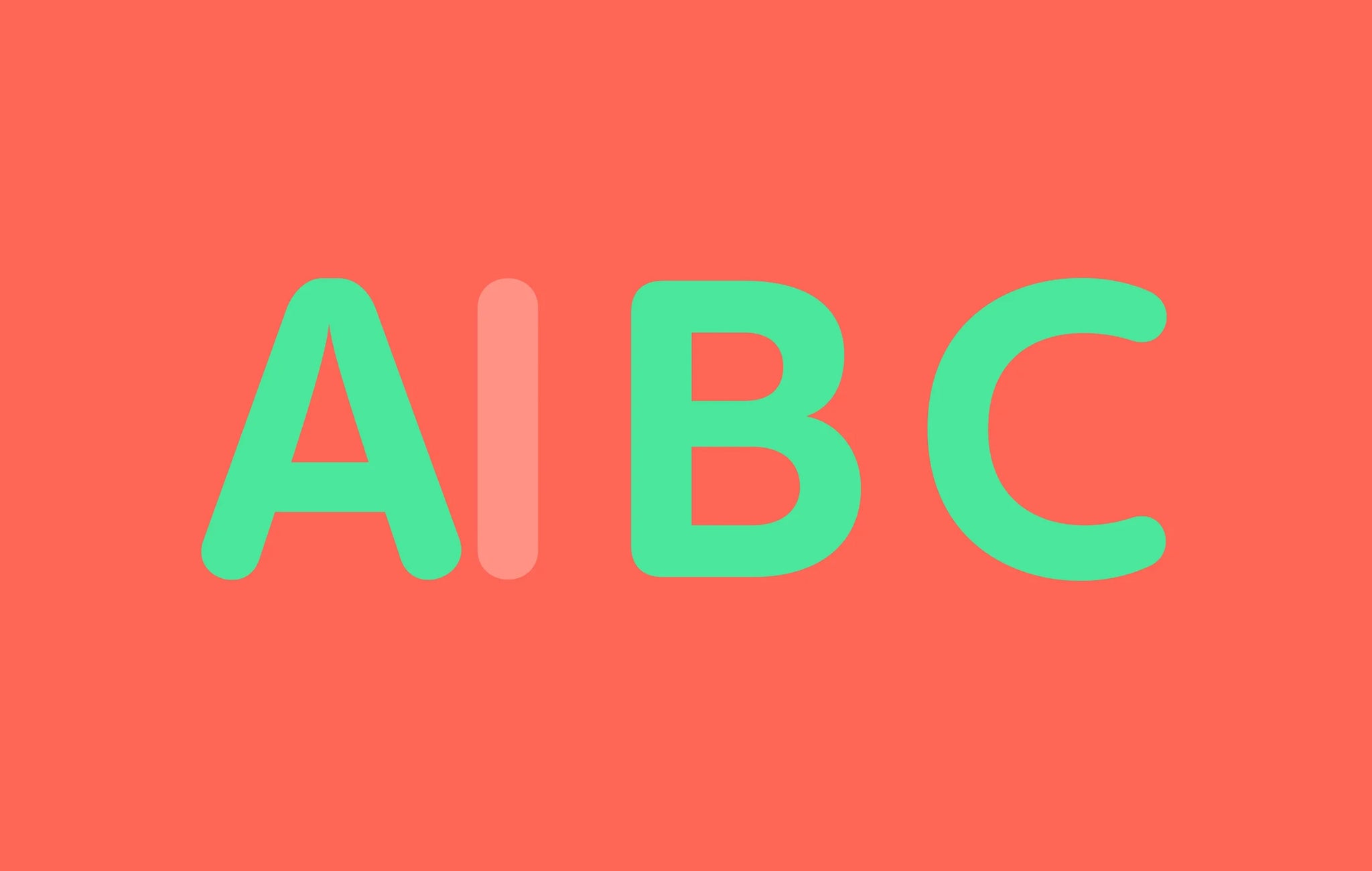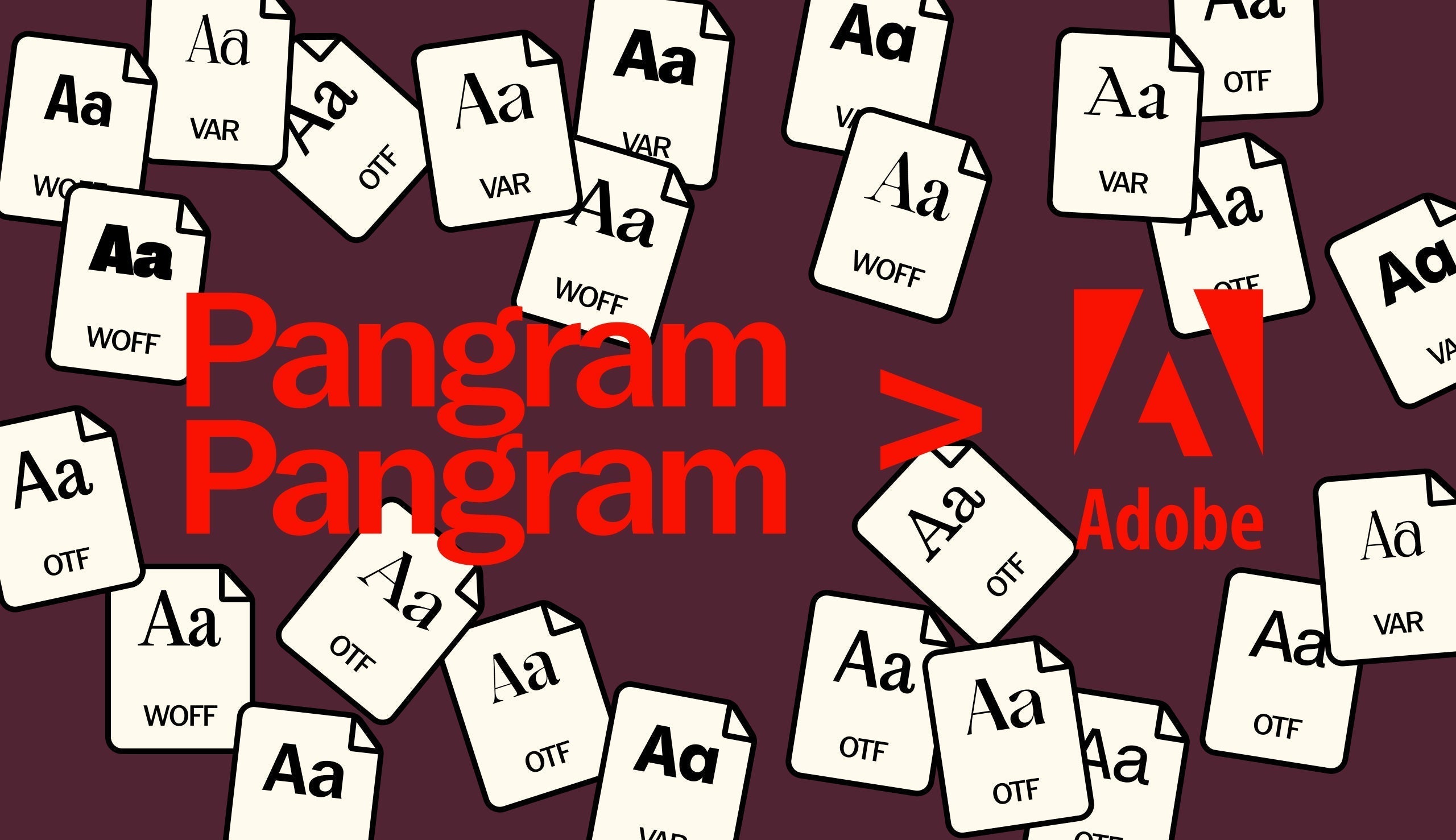Following recent interviews and editorial investigations into AI and its creative impact – including a piece in TYPEONE’s latest issue, alongside Pangram Pangram’s own Mat Desjardins – Studio Ground Floor’s Co-Founder Harry Bennett has had a lot of time to reflect on the subject matter. Condensing his findings for The Pangram Paper, Harry offers his overview of the emerging and much-debated subject matter.

As a writer and designer in the creative industry, I know that we’ve all seen firsthand how technology continues to transform the design world. From 3D printing to virtual reality, technology has revolutionised the way designers work, and now, artificial intelligence (AI) is the latest tech (and buzzword) in the design industry.
Now, while AI offers many advantages, it also – without a doubt – has its drawbacks. On the one hand, AI can save designers time and money by automating repetitive tasks and generally speeding up the process. For example, AI-powered software can help designers explore new creative directions quickly while also analysing data and user behaviour to optimise (or target, perhaps) designs for specific audiences, making creativity more efficient and creating engaging content easier.
In addition to this efficiency, AI can also improve the accessibility of design. With AI-powered tools, people without formal design training can create professional-looking graphics and web pages. This democratisation of design can empower small businesses and individuals to take on creative challenges, opening them up to the typically progressive, wonderful creative scene.

However, while this is great on paper, ultimately, AI has some fundamental flaws. One of the biggest concerns is the loss of creativity and the human touch in design. While AI can generate aesthetically pleasing and practical designs, they fail to embody the uniqueness, imperfection and inconsistency of IRL creatives. Design is a creative endeavour – an art to many – and, as such, is open to interpretation and failure. Even more importantly, however, any and all AI-generated designs are entirely unoriginal.
Limited by the datasets of their algorithms, AI cannot produce original, intuitive content, instead taking (or perhaps, stealing) from what already exists – the work of other creatives. Beyond the personal concerns of stealing something from a creative practice that someone has intimately crafted over time, experience, and training – which, we can agree, is not a great thing – the practical implications of this mean that there is the potential for intrinsic bias. Bias perpetuated, amplified, sustained and fed – all through the datasets it is trained on. For example, if an AI tool is founded on data that leans in favour of one group of people over another, it will produce designs that reflect that bias – leading to exclusionary and harmful design.
Ultimately, AI has the potential to revolutionise the design world in many positive ways. From efficiency to accessibility, it can offer creatives something to help them see more, make more and do more, giving them room to explore their creative endeavours further. Misused, however, then our industry faces the loss of original thought – left only with regurgitated, perpetually-less-creative content. At the end of the day, I believe AI is a tool for us to use practically; however, never in the place of (or at the cost of) creativity.

Meant as an accessible, pragmatic breakdown of Harry’s findings, this article was created with the assistance of AI – drawing from his writing on the subject before being (quite intensely) reworked/rewritten. It is a developing technology, after all. Read more of AI and the contemporary experimental type scene in TYPEONE #6, featuring an interview with the creator of the magazine’s cover number, Mat Desjardin, or check out TYPEONE’s equally exciting back catalogue.








